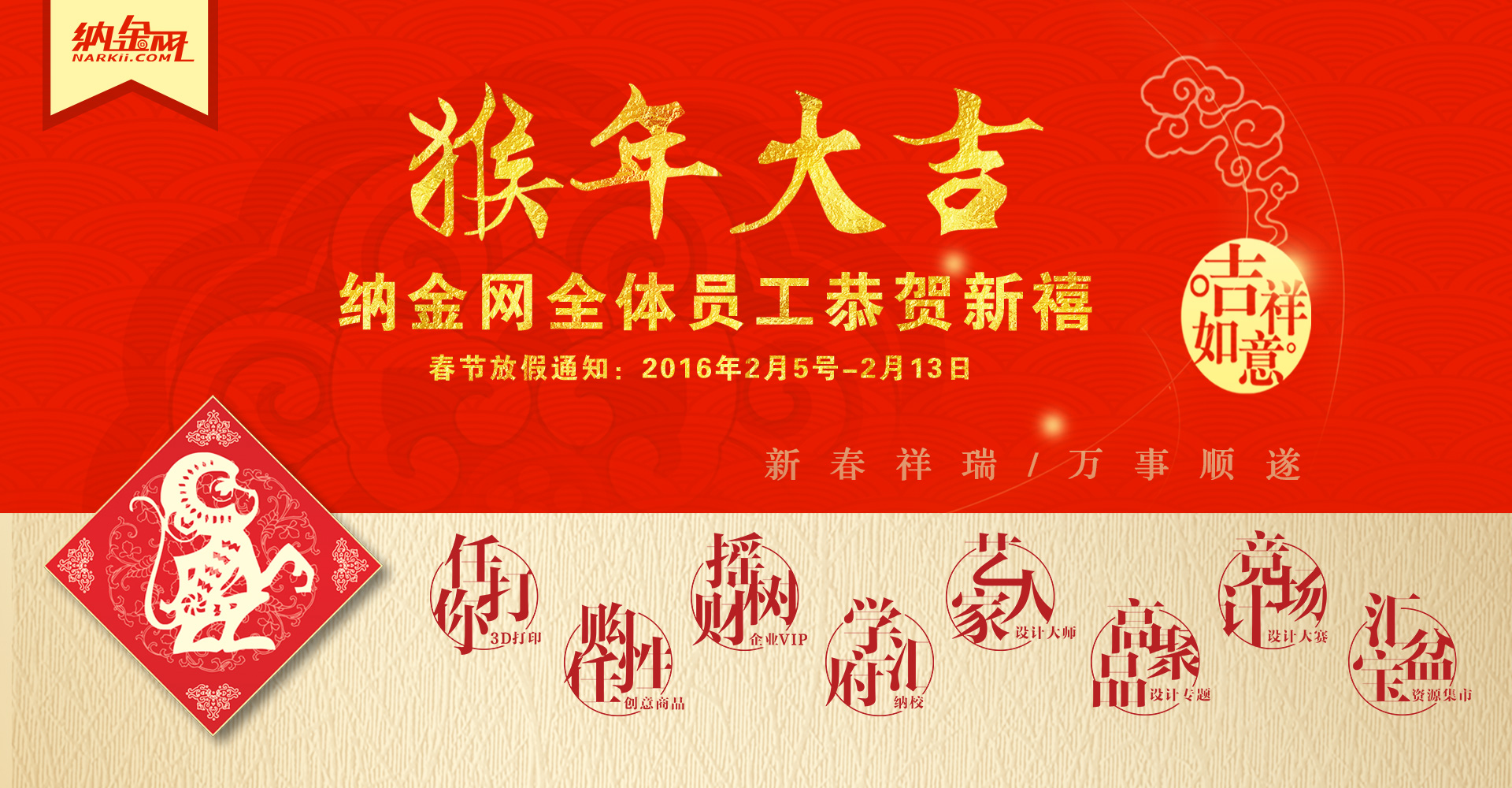- 最后登录
- 2021-9-15
- 注册时间
- 2011-7-15
- 阅读权限
- 100
- 积分
- 50625
  
- 纳金币
- 53202
- 精华
- 32






|
![]()
Vection Field for Pedestrian Traffic Control
Public pathways can present difficulties for pedestrians (for example, congestion and collisions). Although visual signs and audio cues are commonly used to encourage smoother pedestrian flow, they are often ignored or neglected because they require some time to be understood. For more intuitive navigation, wearable devices have been proposed, but these personal navigation devices, some of which induce motion by haptic or vestibular cues, are not suitable for congestion scenarios because numerous devices are required for controlling pedestrian flow, which is quite impractical.
This project focuses on large moving visual cues, which induce a sense of self-movement. For example, a large right-moving image on the floor induces a shift of walking direction to the right, even if the pedestrian tries to walk straight. Because it does not have a power source, the system uses lenticular lenses containing images of striped patterns. When pedestrians walk forward, the stripes shift to the right, and so do the pedestrians. The configuration is exactly the same for two opposite-facing pedestrians.
The Vection Field has four advantages. It achieves intuitive navigation that does not require conscious recognition. It does not require wearable devices. It does not require a power supply. And a single sheet of lenticular lenses naturally works for pedestrians walking in both directions.
Hiromi Yoshikawa
The University of Electro-Communications
Taku Hachisu
The University of Electro-Communications
Shogo Fukushima
The University of Electro-Communications
Masahiro F***kawa
The University of Electro-Communications
Hiroyuki Kajimoto
The University of Electro-Communications
—————————————————————————————————————————
Emerging Technologies
[siggraph2011]系列文字介绍的都是在今年SIGGRAPH上首发的世界计算机图形学相关的新技术。
|
|

